At The Perennial, Anthony tells us, they're trying to champion food as a climate solution. Some explicit examples are shifting to perennial grains and carbon ranched meat - foods that result in the increase of soil organic matter over time (the removal of carbon from the atmosphere and storage of that carbon in the soil). A big piece of the overall equation is also growing food intensively in urban environments, utilizing natural inputs. Hence aquaponics.
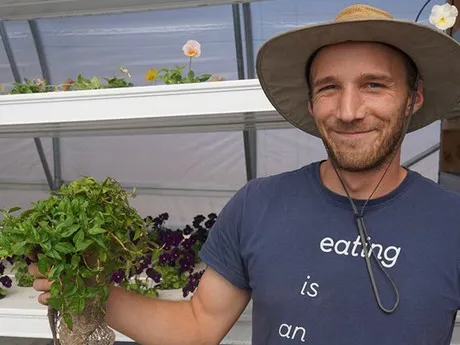
The aquaponics greenhouse features culinary specialty ingredients like marigold leaf and flower, ice lettuce, fresh curry leaf, finger lime, and salad burnet. This exotic selection of crops has meant greenhouse director Nathan Kaufman has had to learn a thing or two: "In the past I've worked primarily with pretty recognizable food crops (lettuce, tomato, cucumber, etc). For The Perennial I've had to learn the nuances of dozens of different species, many of which I had never even heard of before."
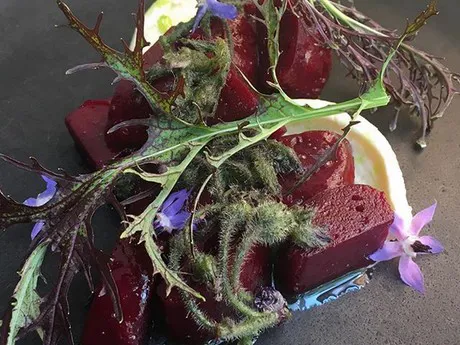
Waste management
Nathan employs nutrient film technique (NFT) channels, deep water culture beds, and flood and drain tables. The greenhouse itself has roll up sides, a ridge vent, and HA fans.
Another interesting feature is the use of pre-consumer waste from the restaurant. This waste is separated into categories like veg and meat, Nathan explains. "All vegetable waste is mixed with sawdust from our neighbor's wood shop and then fed to red wiggler worms. We utilize the worm compost to amend our raised beds. Meat, bread, and dairy are fed to Black Soldier Fly Larvae, which we in turn harvest/dehydrate and then use as a fish feed. The waste from our fish is used to fertilize the majority of the crops we have growing onsite."
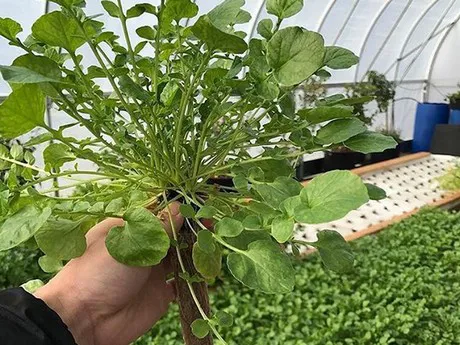
Happy customers
The response to both the greenhouse and the meals served using its ingredients has been positive, according to Anthony. "I think people want to be as connected as possible to the sources of their food, and the greenhouse gives us interesting flavors to work with."
He sees supporting aquaponics as becoming the norm for other restaurants as well. "Hyper local food, grown with less water and using all natural fertilizer while also eliminating landfill? Lots to like there. But as far as restaurants operating their own greenhouses? Maybe not or at least not unless there is the right balance of proximity and scale and bandwidth."
Nathan agrees. "Not necessarily the whole in-house, raising insects, closed-loop cycle just for logistical reasons, but definitely sourcing from aquaponic producers. With more and more aquaponic farms springing up around the world I think it's just a matter of time before 'aquaponic' becomes a common a descriptive term like 'organic' or 'biodynamic.'"
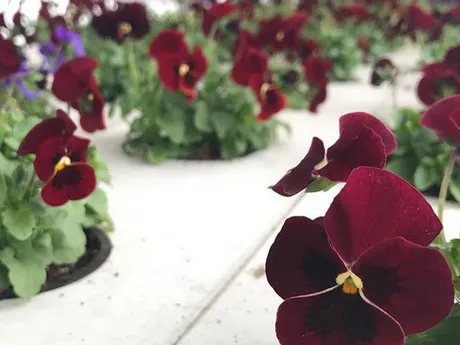
For more information:
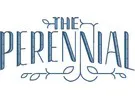 The Perennial
The Perennial59 Ninth St
San Francisco, CA 94103
(415)-500-7788
info@theperennialsf.com
www.theperennialsf.com
